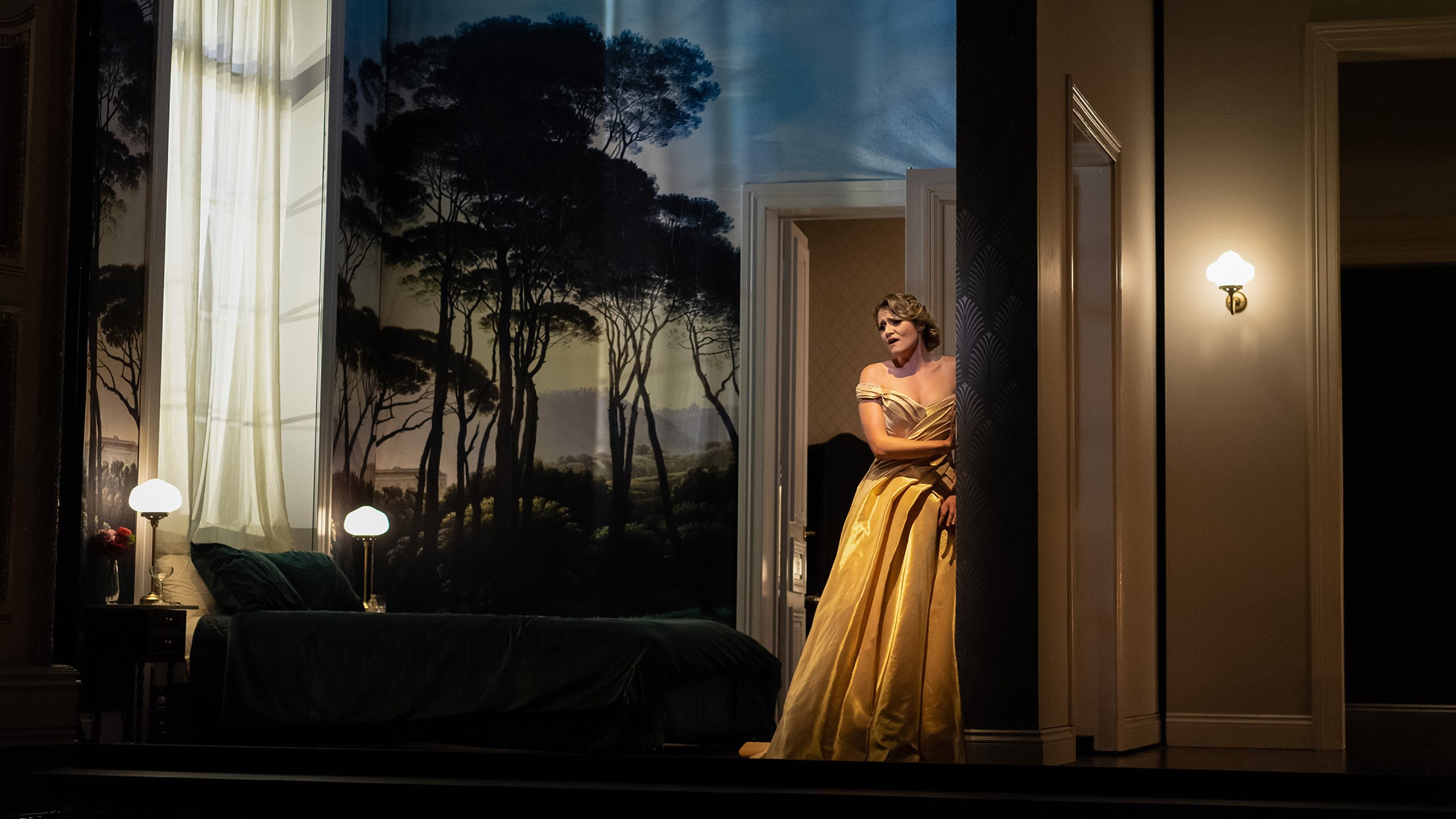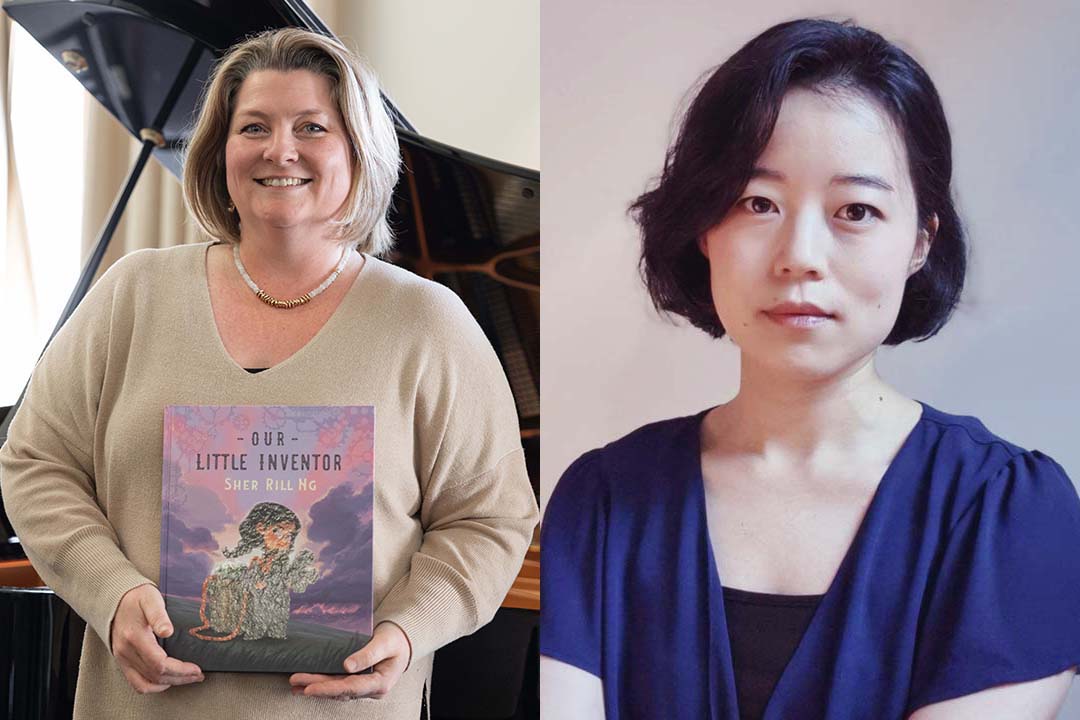Shining Light on Violetta
West Australian Opera has raised the curtain on its season of Verdi’s masterpiece La traviata.
One of best known and loved operas in history, this brand-new production directed by Sarah Giles offers a deeper feminist interrogation of the work. After seasons at Queensland Opera and State Opera South Australia earlier this year, West Australian Opera now showcases this striking new production.
Ahead of opening night, Sarah Giles offered her insights into the production.
What was your biggest influence on this production?
There are a few things. Whenever I looked at past productions of La traviata, I had a reaction against lots of those. I couldn’t believe what I was reading! It felt that every single time I wasn’t seeing the real Violetta, or I wasn’t reading the real story of her.
The opera is based on Alexandre Dumas’ book Lady of the Camellias, which he based on the real-life experience of his courtesan lover, Marie Duplessis. Then that book got turned into a play, Verdi and his librettist saw it, and turned it into an opera. Every single time we were watching the story from the perspective of these men, we never saw it from Violetta’s perspective. This drove me to do some research and I found this book by Celeste Mogador, a courtesan in a similar era to the woman that Marie Duplessis was based on.
What has been your take on it?
With this particular production, I always felt very clear that I wanted to see Violetta’s story from her perspective and understand more of her psychology. So, to put that on stage and invite the audience into my research and into my thinking, we created a space that could allow that. When set and costume designer Charles Davis and I first sat down, I wanted to be able to see into both the public and private world of her apartment. In the prelude, there are huge moments of music and no singing. This affords you the ability to increase the storytelling. That’s what is great about opera: There is so much room for more storytelling than just the words being sung!
La traviata has been staged across the world in many different eras. What made you place it back in the nineteenth century?
There is always the assumption that a contemporary production will have everyone in jeans, runners, and t-shirts. This is a misnomer. A contemporary production can be set in any era and still bring an incredibly contemporary politic to the work. More often than not, arbitrarily setting a piece like La traviata now actually diminishes the work. You can look at the politics of now through the prism of another era and I find that really useful.
La traviata is known for party scenes, glamour, and gowns. Would you agree that it’s not known as the story of Violetta?
It’s mad! It’s bonkers that when everyone thinks of Traviata there is a lavish party scene, dresses, gypsies and matadors, a staircase... It’s all these tropes and assumptions that miss the point of the opera. If you can make Violetta real, if you can find the truth of that character, I think it speaks to an audience more. The word traditional is very dangerous in opera. Opera is not a historical artifact, it’s a living and breathing artform and in order for it to find new audiences you need to find new people to be telling the story. I think traditionally, not many female identifying directors had the chance to work on this production.

After more than 200 years, why do you think this story is still relevant today?
The notion of female worthiness is really relevant. That some women are more worthy of happiness and love than others, that we still have women on a sliding scale according to how society judges them. I think one of the things that fascinate me about Violetta’s character is that she is internalising the misogyny of this world. She is a product of her own society. Her decision not to pursue her relationship with Alfredo, so Alfredo’s sister can marry someone is one of the points in the opera where everyone tends to think that she’s such a good girl and a kind prostitute. Violetta thinks that somehow this young girl is more worthy of happiness than she is. This is unbelievably tragic! That’s one of the things about the character that I wrestled with: How to portrait that not as a sweeping gesture of kindness and good heartedness, but how to portrait that gesture as self-hatred. It’s subliminal because she is not even aware that she’s doing it.
The other thing is the performative nature. I see this even with my daughter and through my childhood. Women are taught from a very young age to make other people comfortable before themselves. It really hit home with Grace Tame, when everyone was angry because she wouldn’t smile at the Prime Minister. There is still huge expectation on women to please men, put them first and make them feel comfortable. We have long way to go on that front.
I think that intersectional feminism where class and gender intersect is an interesting place. Violetta is an example of that. She is someone who was not born into a high society. She grew up in abject poverty, and she is a woman. At the age of 16 she decided that the best way forward was to sell her body. In France in this era, you could sign a form and go on the register to become a prostitute and once you were on that register you could never get off that. We talk a lot about feminism, about class, and racism but we need to talk a lot about the intersectionality of those things. She sings that famous aria Sempre Libera (Always free… To have a good time). In my version it is not that she is running around the house having a party, it’s more her mantra to say “I’ve made a series of choices and what I have now is financial freedom. I am earning my own money; I have got my own house. I am free. That’s as free as I can ever get because I am a prostitute, I have signed the register so I can never be anything else”. At the exact moment the three women she is paying to serve her enter on stage.
West Australian Opera presents La traviata from 20-29 October at His Majesty’s Theatre. Book now.
Written by Rebecca Bencivenni


